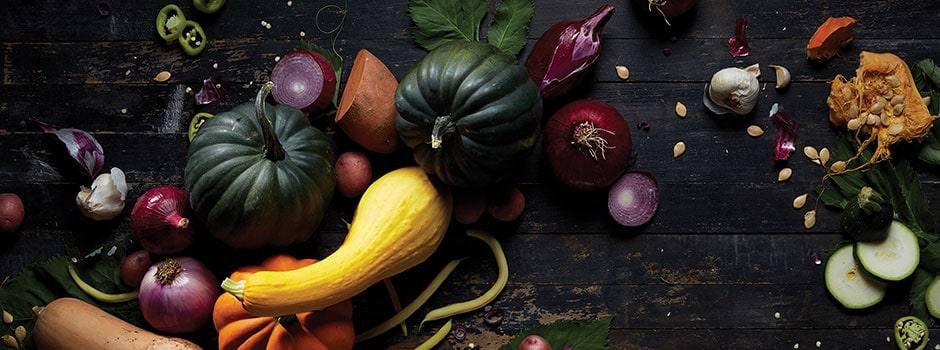The restaurant business is notoriously tough, with retained profits typically running at just 4 to 5 percent of gross revenues, according to Forbes. To put it another way, plan on $100,000 of revenue for every $5,000 of year-end profit. That's a difficult line to walk and anything you can do to address waste reduction in the kitchen will help keep you in business.
Controlling Waste During Production
Your food-cost calculations were based on getting a set yield from every ingredient you buy. Unless you track waste continuously, you won't know how accurate these numbers are. Haste leads to sloppy peeling and cutting, and this can drive up your cost on produce, meats and everything else you prepare in-house. Assign each cook a prep bucket for trim and wastage. Review it regularly to make sure they're meeting your standards. Poor portion-size management can also be an issue. Use a scale to check your cooks' portioning of costly meats and fish. Use standardized serving utensils that also act as portioning tools for your side dishes. They'll make your portion sizes more consistent and can speed up service as well.
Be Creative
Find ways to use up trim or leftovers. You can predict and plan for this to some extent. For example, if you put crème brûlée on the menu, you'll have a steady supply of egg whites to use up. They can go into angel-food cakes, soufflés, meringues or diet-friendly egg-white omelets. If you cut your own meats and fish, you'll have bones and trimmings that can be used to make soup stock. Leftovers and usable trim from meats or produce can often be turned into daily specials. You'll probably find that some of your cooks have a knack for this and will revel in the opportunity to exercise a little creativity. This means it's not only a cost-saver but a good tool for identifying talent in your kitchen.
Get Organized
Attacking waste piecemeal can gain back some of your margins, but savvy operators structure waste management into daily operations. It starts with well-organized walk-ins, freezers and dry-storage spaces where perishable ingredients or finished foods can easily be located and used. Label and date everything and rotate your stock diligently to make sure the oldest is used first. Inventory your food regularly to make sure your purchases match your usage. Many restaurants, even smaller ones, use software to maintain an inventory system. It adjusts your inventory on the fly, monitoring sales and suggesting items for your next food order. Knowing what you have and need can help reduce food waste generated by over-ordering.
Think Ahead
You'll find it easier to control your waste if you think in terms of an ingredient's flow through your operation. Today's salad-bar broccoli can become tomorrow's broccoli cheese soup, which can then become Friday's broccoli-cheddar pasta dish. Plan in advance for soup or sauce recipes to use up meat or vegetable scraps. Challenge your cooks and bartenders to use leftover seasonal fruit in desserts or cocktails, pureeing it in a Vitamix machine then freezing it or mixing it with alcohol. If you add smoothies to your offerings, you'll be able to turn both fruit and vegetables into high-margin blended beverages.
Additional Content

Sustainability
Go beyond farm-to-table

Articles
Read success stories from foodservice professionals.

